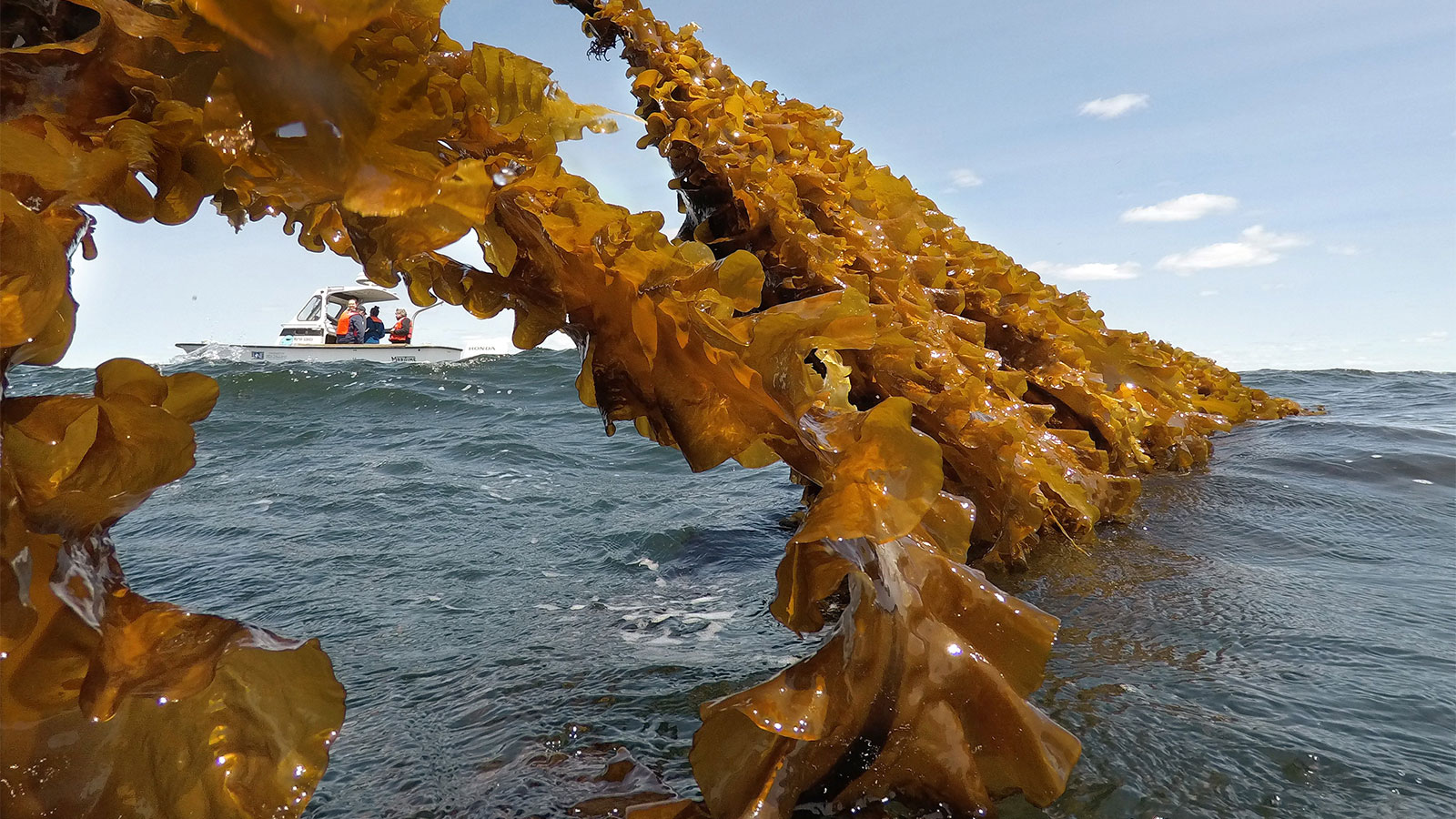The online payment software company Stripe announced on Wednesday that it is spending $2.75 million to support six early-stage carbon removal projects in its second annual round of carbon removal purchases.
Carbon removal is a category of climate solutions that are designed to extract carbon dioxide from the atmosphere and keep it out for hundreds, if not thousands, of years. Experts say finding ways to do this, in addition to cutting emissions of CO2, will be necessary to limit runaway climate change. But outside of “nature-based” solutions like storing carbon in trees and soils, which are limited by demand for arable land, there really aren’t any carbon removal options available at a meaningful scale yet.
In 2019, Stripe decided to try to change that by making a commitment to spend $1 million per year on nascent carbon removal solutions. The company announced the first round of projects it was funding last May. The inaugural winners included Climeworks, a company that makes “direct air capture” machines that pull CO2 out of the air, and Charm Industrial, a company that turns plants into “bio-oil” and stores it underground. Since then, Stripe has given its software customers the option to donate a portion of their profits to carbon removal, too. With that extra funding, Stripe has upped its ante.
The six new projects employ six totally different methods to capture and store carbon. A U.K.-based company called Mission Zero has developed a system that captures CO2 directly from the air and injects it underground. The process is unique in that it does not require heat, only electricity, and it boasts a potentially smaller physical footprint than other direct air capture methods.
On the other end of the spectrum, perhaps the lowest-tech solution came from the Future Forest Company. Future Forest is conducting research on grinding up rocks made of basalt, which naturally absorb CO2 from the atmosphere, and spreading them on the forest floor at a test site in Scotland. Past research has shown that the process could speed the uptake of CO2 in the basalt and be beneficial for forest growth.
Combining elements of these two methods is a company called Heirloom, which is taking a mineral called magnesium carbonate — the chalky stuff that rock climbers put on their hands — and baking it at a high temperature. The process produces a stream of CO2 gas that can be piped underground for storage, as well as “oxide minerals,” which can reabsorb CO2 from the atmosphere and then be reused to repeat the process.
Two of the companies receiving orders from Stripe are working on ocean-based carbon removal. Running Tide, which is based in Maine, is experimenting with growing kelp, which it says takes up carbon 20 times faster than trees, and then sinking the kelp into the deep ocean. Seachange, based out of the University of Los Angeles, is working on a process that extracts CO2 from seawater using electricity.
The sixth company, CarbonBuilt, is a bit of an anomaly, in that it focuses on putting carbon dioxide to use in products. The company takes CO2 gas and embeds it in concrete, helping to lower the carbon footprint of the material. CarbonBuilt recently won $7.5 million from the XPrize foundation after demonstrating its technology at a coal plant in Wyoming. Today, the company is using CO2 captured from fossil fuel–fired power plants and industrial sources, so it isn’t actually removing carbon from the atmosphere, but it could use the same technique with CO2 from a direct air capture system in the future.
As with its first round of funding, Stripe hired a cohort of scientific advisors to provide feedback on the project applications. But this time, in addition to looking at whether the ideas were scientifically sound, Stripe also judged the applicants on how they were thinking about engaging with the public and about environmental justice.
“I found it pretty innovative that they were even trying to do this,” said Holly Buck, an assistant professor of environment and sustainability at the University of Buffalo and one of Stripe’s scientific advisors. The application asked who companies’ stakeholders are, whether companies had engaged with them yet, whether companies had made any changes to their projects based on those engagements, and if their project had any environmental justice implications.
While all of the ideas getting funding from Stripe have been proven in a lab, they are at different stages in terms of the technical, economic, and regulatory aspects of scaling up, and there’s no guarantee they will all be able to deliver the carbon removal Stripe paid for. On their applications, several of the companies noted that a federal price on carbon would be the No. 1 thing that could help them reach their full potential, because it would create demand for their services. Right now, a federal tax credit called 45Q is the only national subsidy for carbon removal in the U.S. Some carbon removal companies can also sell credits on California’s statewide cap-and-trade market.
In some cases, the science is in relatively early stages, too. With Running Tide, for example, there is no established methodology yet to measure how much CO2 this kelp-sinking endeavor actually sequesters. During a presentation of the projects on Wednesday, Shannon Valley, one of Stripe’s scientific advisers who is a climate scientist at the Woods Hole Oceanographic Institute, said that this is still an active area of research. In the case of the Future Forest Company, Stripe is supporting a trial that will improve the scientific understanding of the ecosystem and hydrological impacts of “enhanced weathering.”
“A clearer sense of how this actually works in the field is crucial for understanding whether or not enhanced weathering could play a viable part in the world’s carbon removal portfolio,” said Ryan Orbuch, a member of Stripe’s climate team, during the presentation on Wednesday.
Buck said that it’s unlikely that altruistic spending on carbon removal from tech companies like Stripe will be enough to bring any of these ideas to scale without more federal support. “They can play this catalytic role that they’re trying to play, but to get things actually built at scale requires the government,” she said. “So people shouldn’t be misled into thinking that the problem is solved because they’re exploring this space.”




